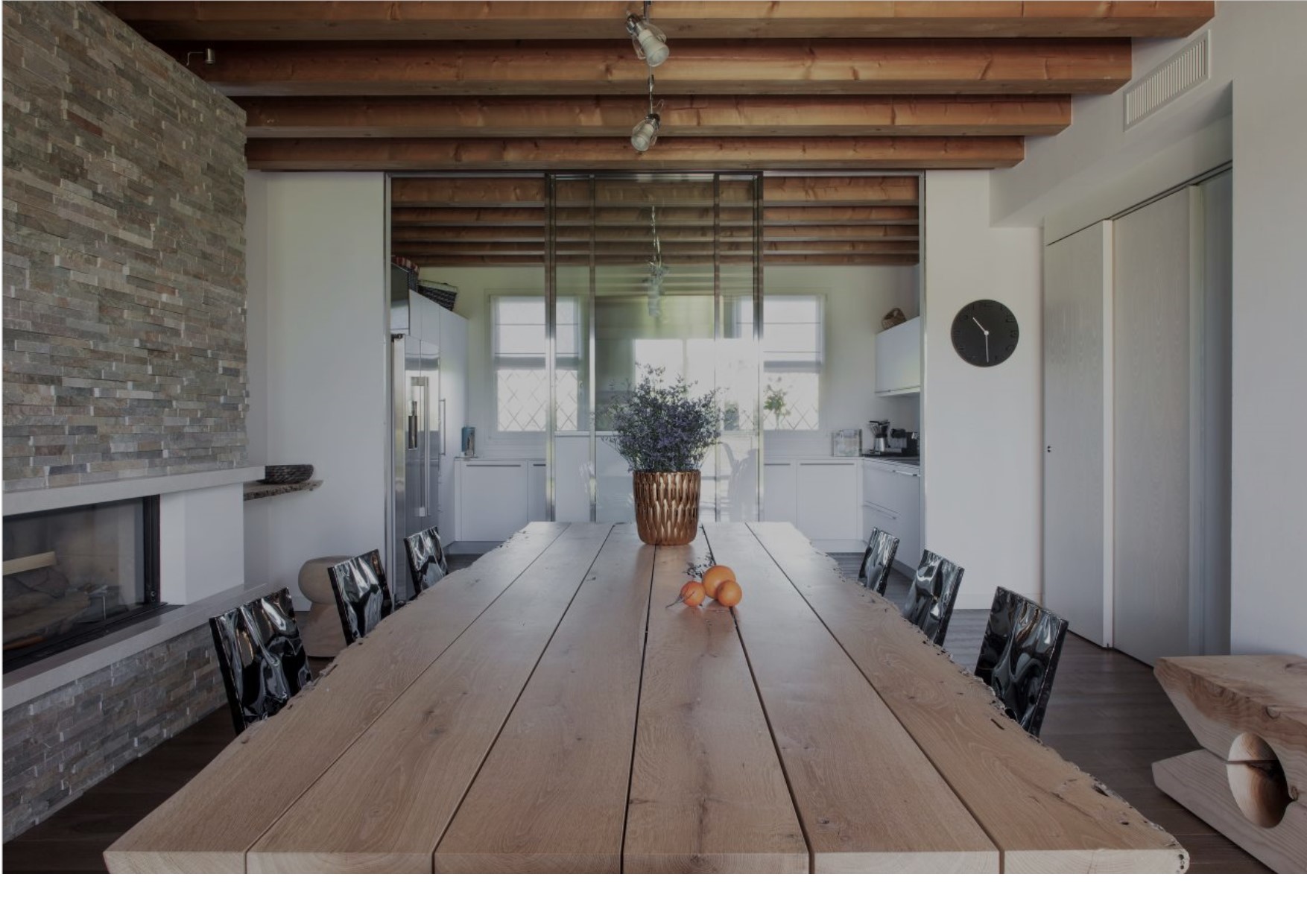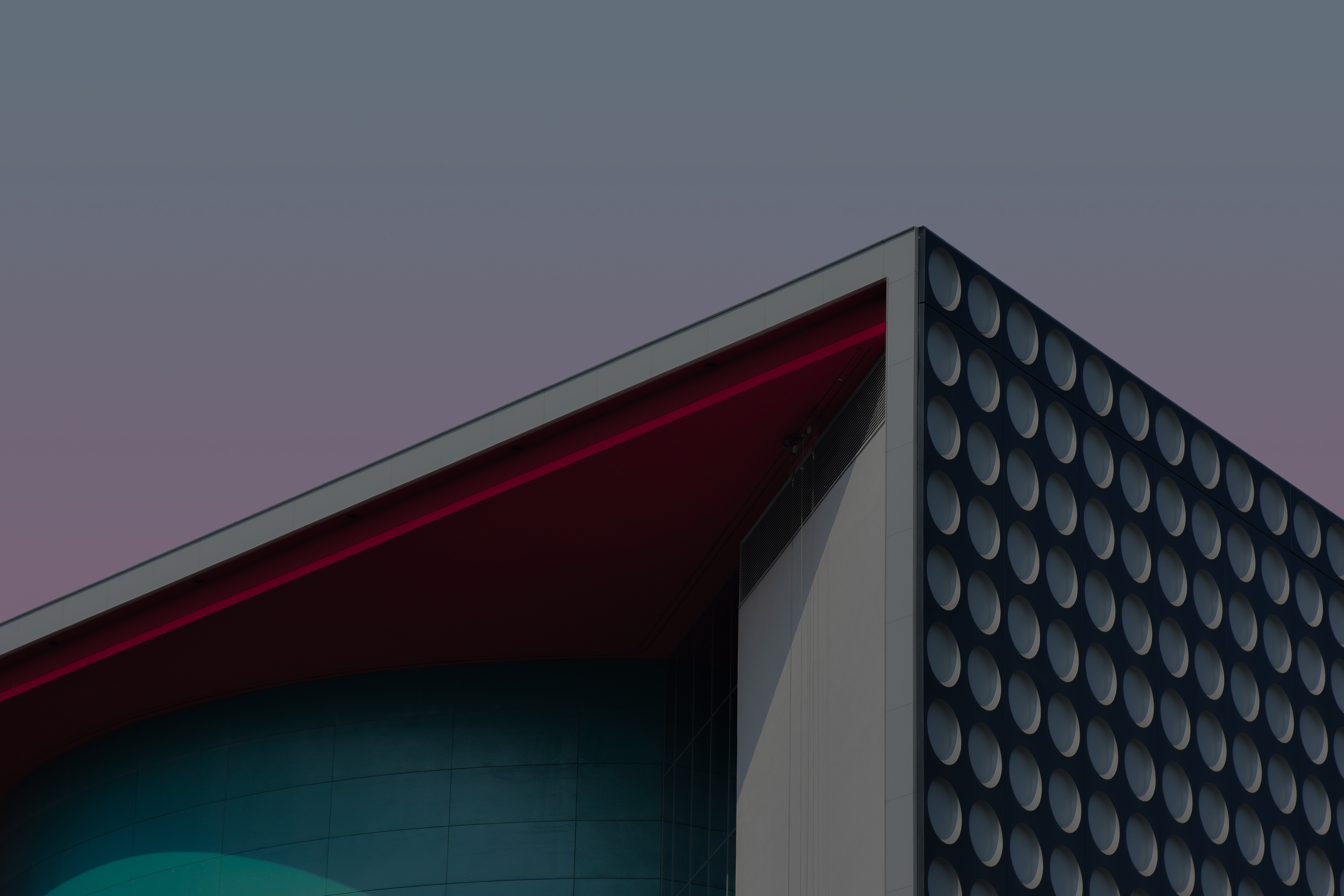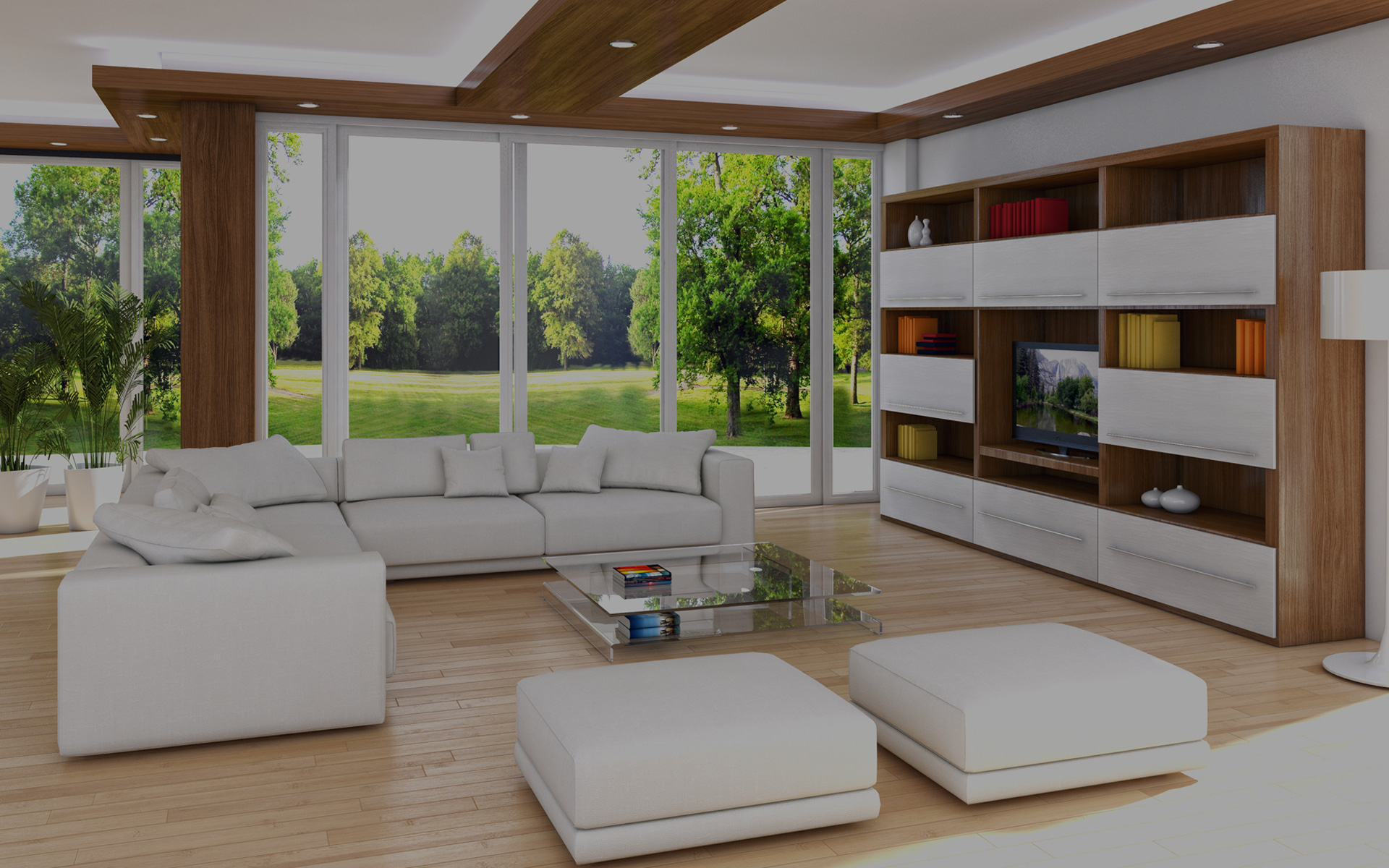Technology that allows to run softwares not installed on your PC and save data into online memories
Wifi
Wireless connection for easier and more versatile use of electronics device in your home
Power Line
Technology for the voice, video or data transmission that uses the existing home power line as medium
Ethernet
Ethernet is a “indirect connection” technology in intelligent selection of data destination
“Friendly” User and Installer interfaces
Designed to connect anywhere and at any time, the programming and control interfaces have been designed to seamlessly switch from the touch-screen use on mobile devices such as smartphones and tablets, to the management via web browser on personal computers

SmartHome System
Main features
Supervision
Remote control
Video Surveillance
and so on…

PASER // SMART HOME TECHNOLOGIES
Paser srl, an Italian company with twenty years of experience in electronics applied to various sectors, now turns to the very trendy and actual field of Home Automation.
Starting from its original vocation for the world of security, Paser intends to broaden its horizons to transform the living and the human work space in a real “all” secure, interactive, centralized and trackable. Everywhere and at all times.
Introduction
Design your Home Automation System and become the architect of your own home!
Structure of a Home Automation System

A Home Automation System, based on the Bus, may take the following structure: all circuits and power users are achieved both from the 230V power line and from the Bus cable that connects them to the control circuits.
The control circuits, instead, do not require the power line, but they are only connected to each other (and to the actuators) via the Bus cable.
Then there is a whole range of control and monitoring devices, which by their nature or for installed in locations not reachable by Bus line, take advantage of wireless technology to communicate with other network components.
In special occasions, you can use the same 230V power line to convey information, thanks to the PLT technology.
The Network Topology

The Home Automation Bus system, to facilitate the installer’s work and to limit the length of the cables of connection, can take a type of free-standing, following star schemas, tree and ring ones (even if open).
For each network segment, you can connect up to 128 devices (reaching the physical limit of the used transceivers).
You must however consider the absorption of each module, where, using “high-consumption” devices, it could lower the number of connectable modules, or in any case be necessary to increase the section of the power cables. In this case it is possible to realize networks with more than one power supply provided, but always with the reference of the negative in common.
You can further increase the size of the network by using gateways galvanically isolated that, besides reducing the traffic on the network, allow a troubleshooting easier and more efficient.
The Physical Layer

The cable
As a physical medium of interconnection between modules (the Bus), you must use a suitable cable, characterized as follows:
- Insulation 400V or higher, which allows the Bus cable installation in cable ducts also containing the power cables.
- Shielding with aluminum foil and naked continuity wire (not to connect in most cases).
- Couple of not twisted 0.50mm2 or upper section wires, to convey the power supply of the modules.
- Couple of twisted 0.22mm2 or upper section wires, to convey the intercommunication data between the modules.
Communication Protocol

As method of communication for the exchange of data between the modules, it is used the CAN BUS protocol, version 2.0B at a speed of 16.6Kbit / sec.
This protocol, thanks to its safety features about errors monitoring, has become a “de-facto” standard in both the automotive and industry fields.
His CSMA-CA (Carrier Sense Multiple Access – Collision Avoidance) system allows data exchange between different nodes connected to the same Bus line, managing collisions according to the priority of the transmitted messages.
The moderately low speed of 16Kbit / sec allows to realize the good-sized modules networks while maintaining the error rate low on the line even without terminators and creating mixed structure networks.
Our communication system is “event driven” type, so the traffic on the bus is limited, even on large networks. To further limit the data congestion, there are the gateways that restrict the flow of messages between different segments of the Bus, selecting only the necessary ones and filtering the messages intended for local users.
The process stream

The process of firmware structure contained in modules provides to:
- Process messages that arrive by the Bus line.
- Manage user interactions through the physical inputs of the module.
- Control the physical outputs according to the results of the process.
- Generate events (messages) on the Bus line according to the results of the process.
In any physical module are available some virtual entities, independent between them, called “objects”, which implement all four the above functions. Each object contains:
- Features:are all values that pass through the configuration procedure and that characterize the operation
of the object, such as a switch-off time, a value of threshold etc. They can be Boolean values or word, float, setof.
They are also part of the Features the states of operation of the object, such as, for example, relay on / off, dimmer 50%, etc. - Endpoint (IN):are broadcast messages containers that the object reflects and according to the stimulus, changes the state of one of its features, for example a inverts the state of an output, or changes the adjustment value.
- Endpoint (OUT):are containers of broadcast messages that the object sends in response to a change of its
conditions, for example to the stimulus of an input or the expiration of a timer. The message sent brings a value
that will change the features of the receiving object. - Inputs: are the physical inputs of the object (we find them on the hardware module). When stimulated, they change the internal features of the object.
- Outputs: are the physical outputs of the object (we find them on the hardware module). They overturn outside the values of the features with which they are associated.
Paser presents the new line SMART HOME
Products and systems designed and manufactured for the protection of buildings, energy management, communication, comfort.
Paser does this and much more, offering to the customers a smart way to manage the smart home.
All in the name of authentic Made in Italy that combines design and technology with a view of the most highly reliable and widespread well-being.
The Paser Smart Home line includes systems for planning, managing and controlling:

Sketch
Design of specific, versatile and multifunctional solution to transform your simple home into a “smart home”
Design
Realization of devices with cutting-edge design and suitable for all types of housing and furniture configuration
Setup
Installation by technicians, to ensure the system efficiency, the easiness of use and the total safety for the end user
Develop
System total Pear-to-Pear: each module communicates with the others, without need of central unit. Possibilities for development and extension almost endless!









